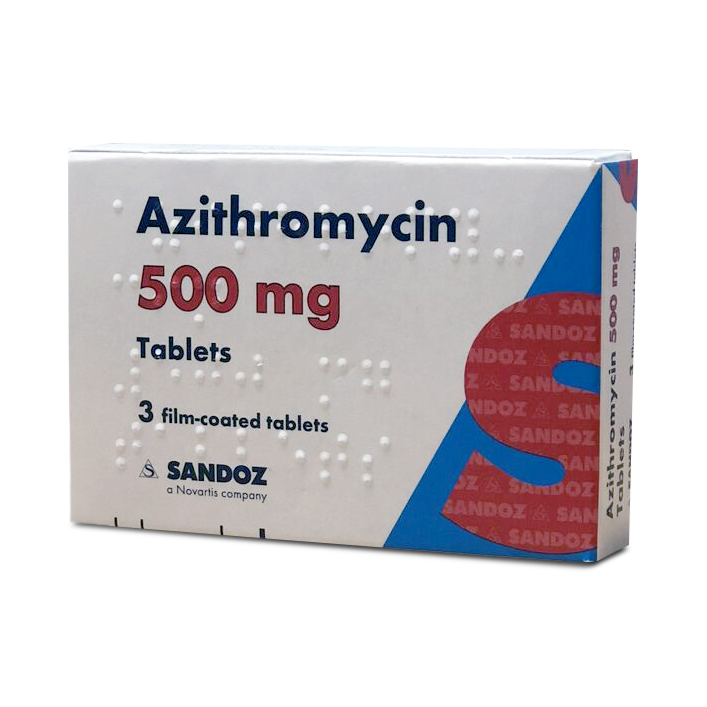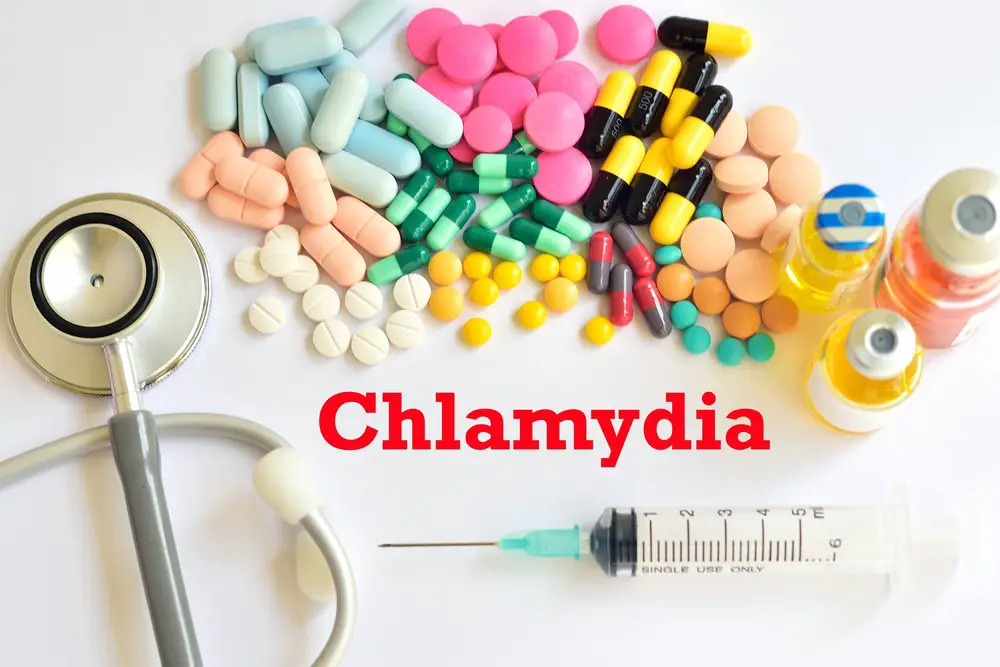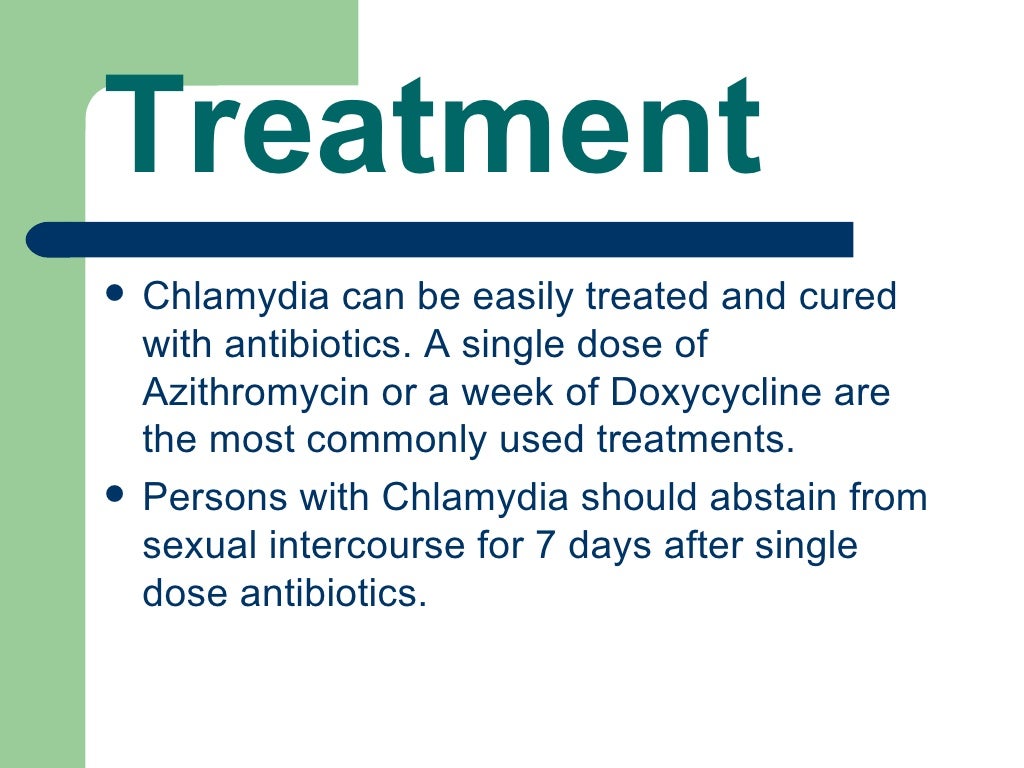

Note: Should test results confirm an LGV infection, treat as recommended for LGV cases. Note: In pregnancy, use Erythromycin (non-estolate preparations) 500 mg PO QID for 21 days Footnote 15 Sexual partners of a LGV case (empirical) LGV Preferred treatmentĭoxycycline 100 mg PO BID for 21 days Footnote 15Īzithromycin 1g PO once weekly for 3 weeks Footnote 16 Note: Suspected sexual abuse of children must be reported to the local child protection agency. Consider sexual abuse when a chlamydial infection is diagnosed in any prepubertal child.

trachomatis can persist for up to three years. Footnote 13Ĭonsult with a pediatric specialist or an experienced colleague and relevant clinical guidelines when chlamydia is diagnosed in a child.
Topical therapy for conjunctivitis is inadequate, systemic treatment is sufficient. Equivalent dosages of other formulations may be substituted for erythromycin base. Footnote 8 Footnote 9 Footnote 10 Footnote 11 Footnote 12 Erythromycin is associated with significantly higher gastrointestinal side effects than other treatment regimens. Sulfamethoxazole 75 mg/kg/day PO in divided doses (max. 500 mg QID for 7 days or 250 mg QID for 14 days)  Erythromycin base 40 mg/kg/day PO in divided doses (max.
Erythromycin base 40 mg/kg/day PO in divided doses (max. 
1 g) PO in a single dose, if poor compliance is expected
Doxycycline 5 mg/kg/day PO in divided doses (max. Nine (9) to 18 years of age Preferred treatment Doxycycline and quinolones are contraindicated in pregnancy and in lactating women. Estolate formulation is contraindicated in pregnancy. Equivalent dosages of other formulations may be substituted. Erythromycin dosage refers to the use of erythromycin base. Footnote 3 Footnote 4 Footnote 5 Footnote 6 Footnote 7 Data are limited regarding the use of azithromycin in pregnancy, however many experts believe it has an acceptable risk-benefit profile. Erythromycin 1g/day PO in divided doses for 14 days. Erythromycin 2 g/day PO in divided doses for 7 days. Note: Azithromycin may be preferred when poor compliance is anticipated. Levofloxacin 500 mg PO once a day for 7 days Footnote 1. Anogenital and conjunctival chlamydia Non-pregnant and non-lactating adults Preferred treatment Consult product monographs for contraindications and side effects.Ĭaution: Refer to the health advisory issued by Health Canada about azithromycin and risk of cardiovascular complications and death. The following treatment options are recommended in the absence of contraindication. Suspected cases of LGV should be treated empirically while test results are pending. Sexual partner of a suspected or confirmed case of LGV. Suspected or confirmed LGV in people with proctitis, inguinal or femoral lymphadenopathy and/or buboes. trachomatis infection or a compatible syndrome in a sexual partner. pelvic inflammatory disease, cervicitis, urethritis, conjunctivitis), without waiting for test results. Suspected chlamydia in anyone presenting with a compatible syndrome (e.g. gonorrhoea is done frequently by Nucleic Acid Amplification Tests (NAAT), which can provide results for both N. trachomatis due to high rates of co-infection. gonorrhoeae diagnosis (as empirical co-treatment), without waiting for test results of C. National/provincial/territorial notification. Sexual partners of a LGV case (empirical). Treatment and follow-up of Chlamydia trachomatis infections (including lymphogranuloma venereum (LGV)).








 0 kommentar(er)
0 kommentar(er)
